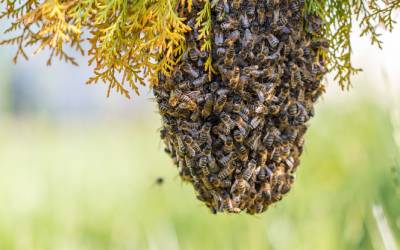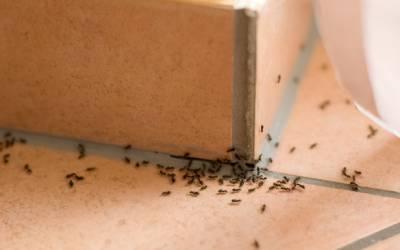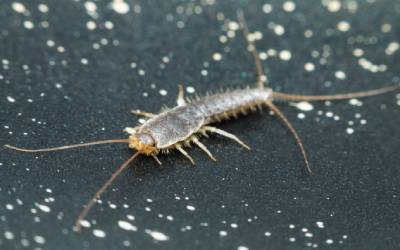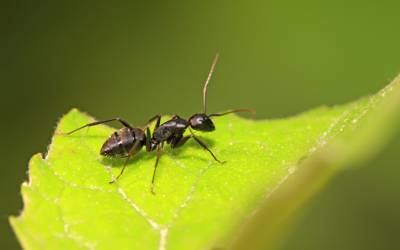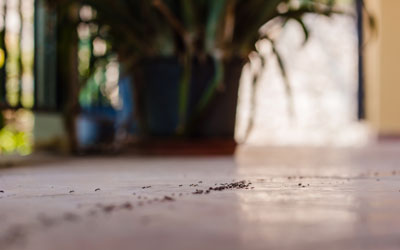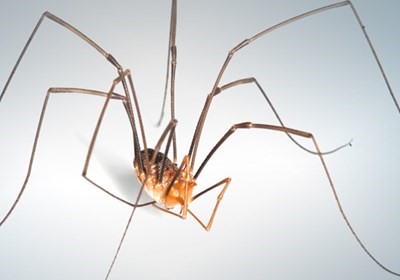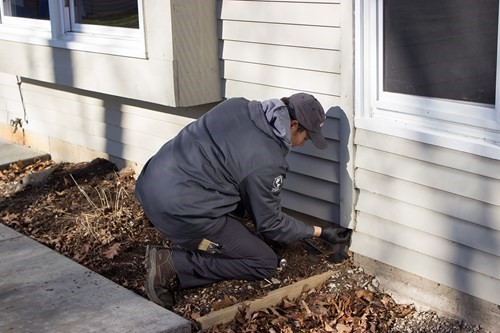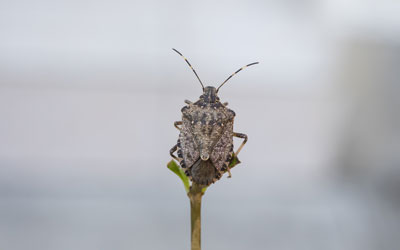With warmer weather and spring rains, insects are starting to reappear. Spring is here in Wisconsin, which means swarming insects are returning: Termites, ants, bees and wasps are some of the most common pests in the Midwest this time of year. These insects can spoil your backyard events very quickly and even lead to indoor infestations. Knowing about the pests that swarm in spring can help you protect your space all year long.
What is a Swarm?
A swarm is a large group of winged insects that gathers to feed and breed. Swarms are most common in the spring while the weather starts to heat up. Most swarms last for one to a few days, and this process plays an important role in establishing colonies. If insects swarm near your home, they could become a full-blown infestation and lead to a year-long problem.
Common Swarming Insects in Wisconsin
Though swarming is a natural behavior for insects, it can lead to serious problems for property owners. To keep your home and garden pest-free, it’s helpful to look out for these common swarming insects in our Wisconsin:
Termites
All species of termites swarm. Though termites look very similar to winged ants, you can tell them apart by their straight antennae and equal-sized wings. Since termites typically remain inside of wooden structures, you should also watch for these signs of an infestation:
- Mud tubes along the walls or floor
- Droppings, old wings, and dead insects
- Piles of “frass” (similar to sawdust)
- Damaged wooden structures
Termites can infest a wide variety of wooden structures, from fences and sheds to attics and firewood. Though termites are not toxic, they can cause extensive damage that may cost hundreds or thousands of dollars to repair. If you suspect that there are termites in your property, it’s crucial to contact a pest professional as quickly as possible to identify and eliminate the infestation.
Ants
If you’ve ever noticed a sudden influx of ants in early spring, then you’re not alone. This time of year brings mild weather, plenty of water, and ample food sources – all of which allow ants to thrive. These pests can be bothersome and persistent, especially if they make it into your home. Though ants can be challenging to get rid of, there are a few steps you can take early in the year to prevent an infestation from forming in the first place:
- Store your food in airtight containers
- Clean up after eating outdoors
- Store trash in lidded bins
- Regularly sweep floors and wash counters
Bees
Bees are beneficial insects that play an important role in the health of our local environments. That said, they’re still stinging pests that can cause major problems if they settle in too close to your home or garden. Since spring is the time of year that bees swarm to grow or establish their colonies, this is also the time of year to prevent them from infesting your space:
- Seal any openings that lead into your home: The last thing you want is a bee’s nest indoors. Go around your property and check for any cracks, gaps, or torn screens that could lead them into your house.
- Remove sources of standing water: Bees need water to survive, but they don’t need much – even a tiny puddle is enough. Remove sources of water, such as dripping faucets or empty flower pots in your garden.
- Clean up after eating outdoors: Contrary to popular belief, bees don’t only eat nectar. They also consume protein-based foods and sweets. If you have a barbeque or picnic outside, be sure to clean up all of your leftovers, including crumbs.
Wasps
Though wasps look a lot like bees, they are very aggressive and can pose a safety risk to anybody who enters your property – especially small children, pets, and individuals with allergies. Most wasps are black and have white, orange, or yellow markings with small pinched waists and hairless bodies. To keep wasps off of your property, follow these tips:
- Keep pet food bowls clean and indoors
- Clean up leftovers immediately, especially outdoors
- Remove sources of standing water on your property
- Check eves, wall panels, and playground equipment for nests
- Pick up fallen fruit that lands in your garden
If you notice wasps on your property, contact a professional right away. Approaching a nest without the right equipment and expertise could lead to severe stings and injury. An expert will be able to safely eliminate the pests and prevent them from returning to your home in the future.
Pest Control this Spring
As your local exterminators, we know how important it is to keep you and your family safe from pests in the Wisconsin area. The Batzner Pest Control team is dedicated to protecting your home from pests year-round with regular inspections and custom treatment plans. Whether you want a one-time service or ongoing pest protection, we have you covered! Our guarantee is to provide you with pest-free living. Contact us today to get your free quote!

